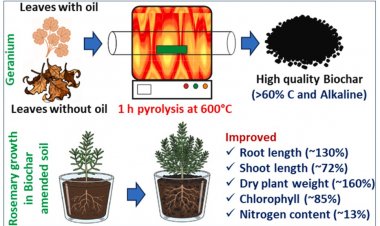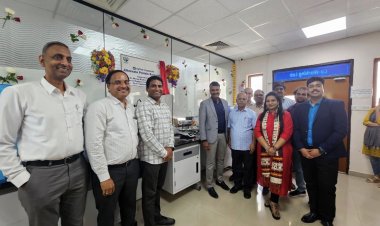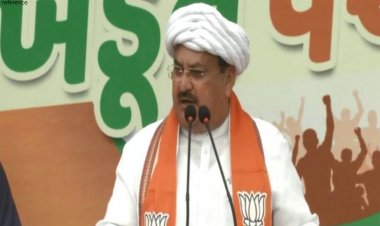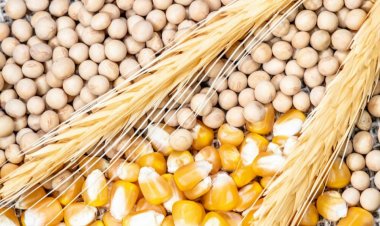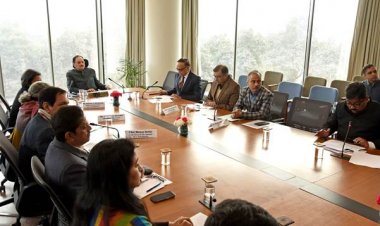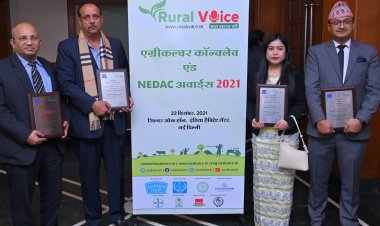Rural Voice Special: Integrated sheep rearing good means of increasing income in arid zones
Usually, 25-30 sheep can be reared along with an acre of crops in arid zones, said Dr Tomar. One of them should be a male. The farmer can get an income of Rs 1-1.5 lakh per annum from this. This income can be obtained from the sheep from their wool, milk, meat, manure and lamb.
Integrated Farming is a technique that not only increases crop yield but also provides employment to the farmers all year round. It gives the farmers several sources of income — horticulture, goat rearing, dairy farming, sheep rearing, etc. These increase the farmers’ productivity and the proper use of resources even reduces the cost of farming-related activities. In arid zones, inferior-grade soil, irregular rainfall and drought-like situations lead to less productivity. If the farmers in these areas go for sheep rearing along with growing crops, integrated farming fetches better returns. Dr Arun Kumar Tomar, Director, Central Sheep and Wool Research Institute (CSWRI), Avikanagar (Rajasthan) spoke about Integrated Sheep Rearing in the Rural Voice Agritech Show. You may watch this episode of the show by clicking on the video link given above.
Dr Tomar said that crops alone could not meet the needs of arid zones. So, sheep rearing is a good option along with agroforestry and growing crops and fodder. Agroforestry prevents arid lands from turning into deserts. Since it makes fodder easily available for sheep, agro-forestry and sheep rearing can go hand in hand. If medicinal plants and dairy farming are also included, it is still better.
Usually, 25-30 sheep can be reared along with an acre of crops in arid zones, said Dr Tomar. One of them should be a male. The farmer can get an income of Rs 1-1.5 lakh per annum from this. This income can be obtained from the sheep from their wool, milk, meat, manure and lamb. Besides, even if crops are damaged due to bad weather, the sheep serve as a source of income. “Sheep rearing is an ATM for the farmers in arid areas,” said Dr Tomar.
Dr Tomar said that there is very little expenditure on the sheep’s feed in Integrated Sheep Rearing. For one, the feed can be obtained from the residue of the crops sown. Two, agroforestry also serves as a source of fodder.
Integrated sheep rearing is picking up fast in the states of the south, said Dr Tomar. NABARD is granting loans and assistance for sheep rearing. “And our institute trains farmers in sheep rearing.”
Surendra Awana, a progressive farmer from the Khairana village in Jaipur, said he had been into Integrated Farming for five years. A year and a half ago, he included sheep rearing in it. He said that learning about it from CSWRI, Avikanagar, he started with five sheep, five lambs and a male. Today, he has 31 sheep. The manure from the sheep has increased the fertility of his fields, said Awana. “It costs little to feed the sheep as the feed can be managed from the residue of the crops grown on my field. I am profiting by selling the sheep’s milk, lambs, wool and manure.”



 Join the RuralVoice whatsapp group
Join the RuralVoice whatsapp group

















